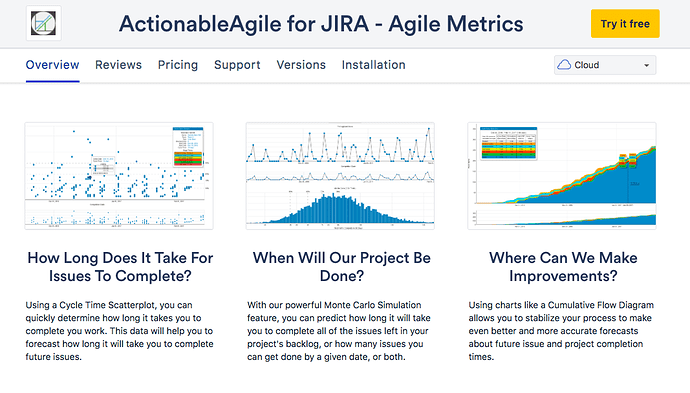I’m wondering if any of you here are measuring your teams’ flow efficiency?
Flow efficiency, sometimes called Process Cycle Efficiency is the ratio between the amount off time spent on value adding activities and the total lead time. So FlowEfficiency = 100 * valueAddTime/LeadTime.
I’m asking because in order to do this, one requires a Kanban board with columns specifically dedicated to value states and queue states. For example, “In Development” would be a ‘value’ state and ‘waiting for QA’ would be a ‘queue’ state. Your overall flow efficiency is the ratio between time spent in value states and time spent in queue states for the entire value stream.
So firstly I’m wondering if any of you are actively measuring this?
Secondly I’m wondering what columns you use on your Kanban board, and which columns are value states or queue states.
Thirdly I’m wondering if you have any difficulties measuring flow via a Kanban board. For example, it requires that people move their stories promptly when the work progresses into a new state.
Many thanks,
Stu


